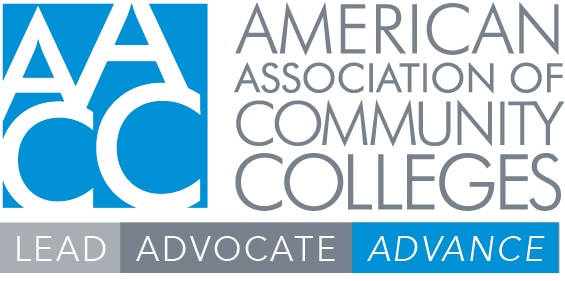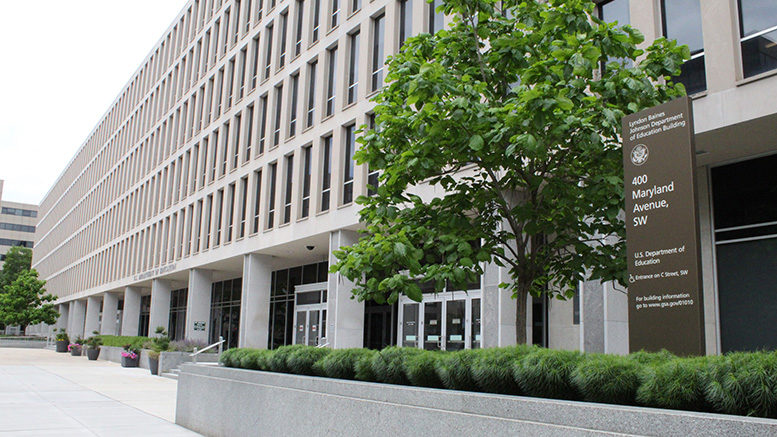The American Association of Community Colleges (AACC) is receiving reports from community colleges across the country that the U.S. Education Department (ED) has notified them of former students who previously took out federal loans and have filed “borrower defense” claims against their institution.

The notices are delivered to the chief executive officer of the institution as well as the student aid office and, understandably, create anxiety. While the direct financial impact of these claims will likely be limited, the administrative effort entailed in processing them is another matter, and, as described below, the regulatory framework concerning more recent filings remains uncertain.
What is borrower defense?
Borrower defense to repayment is an avenue for borrowers to have all or part of their federal student loans forgiven if they have been defrauded by their institution or if the institution closed before they completed their program. So far, the Biden administration has approved nearly $14.8 billion in borrower defense discharges, with the vast majority of those borrowers having attended for-profit institutions or colleges that closed abruptly — in other words, not community colleges.
Borrowers initiate the borrower defense process by filling out an application with the Office of Federal Student Aid. To be approved, applications must be materially complete. To be materially complete — which is not necessary to simply submit a claim — the borrower must include a description of statements or resources that were misleading, a description of who made the statements and in what context, a description of how the statements influenced the borrower’s decision to enroll, continue attending, or take out student loans, and a description of the harm suffered because of the misleading information.
Applicants are also encouraged — though, again, not required — to include documents supporting their claim. After a claim is received, ED sends the applications to institutions, which then have a chance to respond (more on this, below). Borrowers can put their loans into forbearance while the borrower defense claim is being processed, which can take up to three years.
Why now?
Most community colleges have not received any, or only a few, borrower defense claims until very recently. So, campuses are asking — why now?
One reason for the increased number of claims could be the end of the repayment pause. As the renewed plan to cancel up to $20,000 in federal student loans goes through the regulatory process, the Biden administration has encouraged borrowers to take steps to reduce their monthly payments or see their loans canceled through existing avenues. This includes pushing borrowers to proactively enroll in the new borrower-friendly SAVE income-driven repayment plan, to apply for Public Service Loan Forgiveness, where applicable, seek discharges due to total and permanent disability, and finally, pursue, “borrower defense to repayment” for borrowers who feel they were misled by their college about the nature of its offerings.
Another reason that campuses are receiving a sudden surge of borrower defense claims notices is because ED waited to release them until disposition of a suit brought against previous regulations (Sweet vs. Cardona), which has now been settled. This enabled ED to move forward with processing pending claims.
What this means for community colleges
As noted, many colleges may have just received their first borrower defense inquiry. Colleges that have not received any yet may receive one. How to respond remains a judgment call for campuses, given reports that many of the claims are clearly frivolous, materially incomplete or lack the substance needed to succeed. Even if the claims are successful, ED may not ultimately attempt to recoup any funds from the institution.
However, it is prudent for an institution to respond to claims when they are received (to the extent that the claim has sufficient supporting evidence to enable that) if it has the administrative capacity to do so. Ideally, this decision would be made with counsel after an internal college review.
Adding further complexity to the situation is the fact that two different sets of regulations apply to the borrower defense claims:
- If the application was filed before November 15, 2022, the claim will be adjudicated under the 2016 borrower defense rules.The 2016 regulations do not view non-response from the institution as favorable for the borrower’s claim. While a response in this case is not required, again, institutions should work with their general counsel to determine which claims are materially complete and may warrant a response.
- If the application was filed after November 15, 2022, the claim would fall under the 2023 borrower defense rules, currently blocked under a national injunction. Until the case moves forward, institutions are not obligated to respond to those claims. However, because the 2023 regulations view non-response from the institution as favorable to the borrower, responding to claims filed after November 15, 2022, is something that institutions may wish to consider undertaking. If a claim is materially incomplete, the institution should respond by explaining how the application is incomplete.
AACC is carefully monitoring the borrower defense situation and other financial aid issues around return to repayment. The association will share with its members any additional guidance or clarification from ED on institutions’ responsibilities in borrower defense to repayment, if it becomes available.
* * *

David Baime is senior vice president for government relations at the American Association of Community Colleges (AACC).
Kathryn Gimborys is a government relations manager at AACC.

